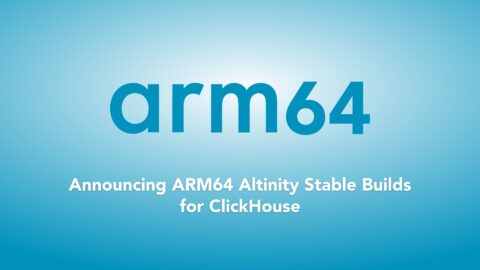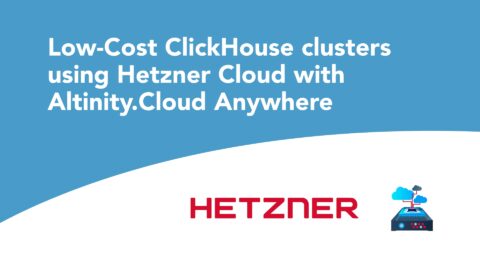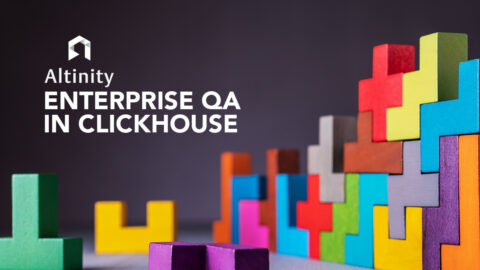Slash CI/CD Bills (Part 1): Using Hetzner Cloud GitHub Runners for ClickHouse Builds
If controlling CI/CD bills is essential for you or you’re interested in exploring non-AWS-oriented runner solutions for your projects hosted on GitHub, then read on and see how using Hetzner Cloud GitHub runners for ClickHouse helped us control our ClickHouse…










